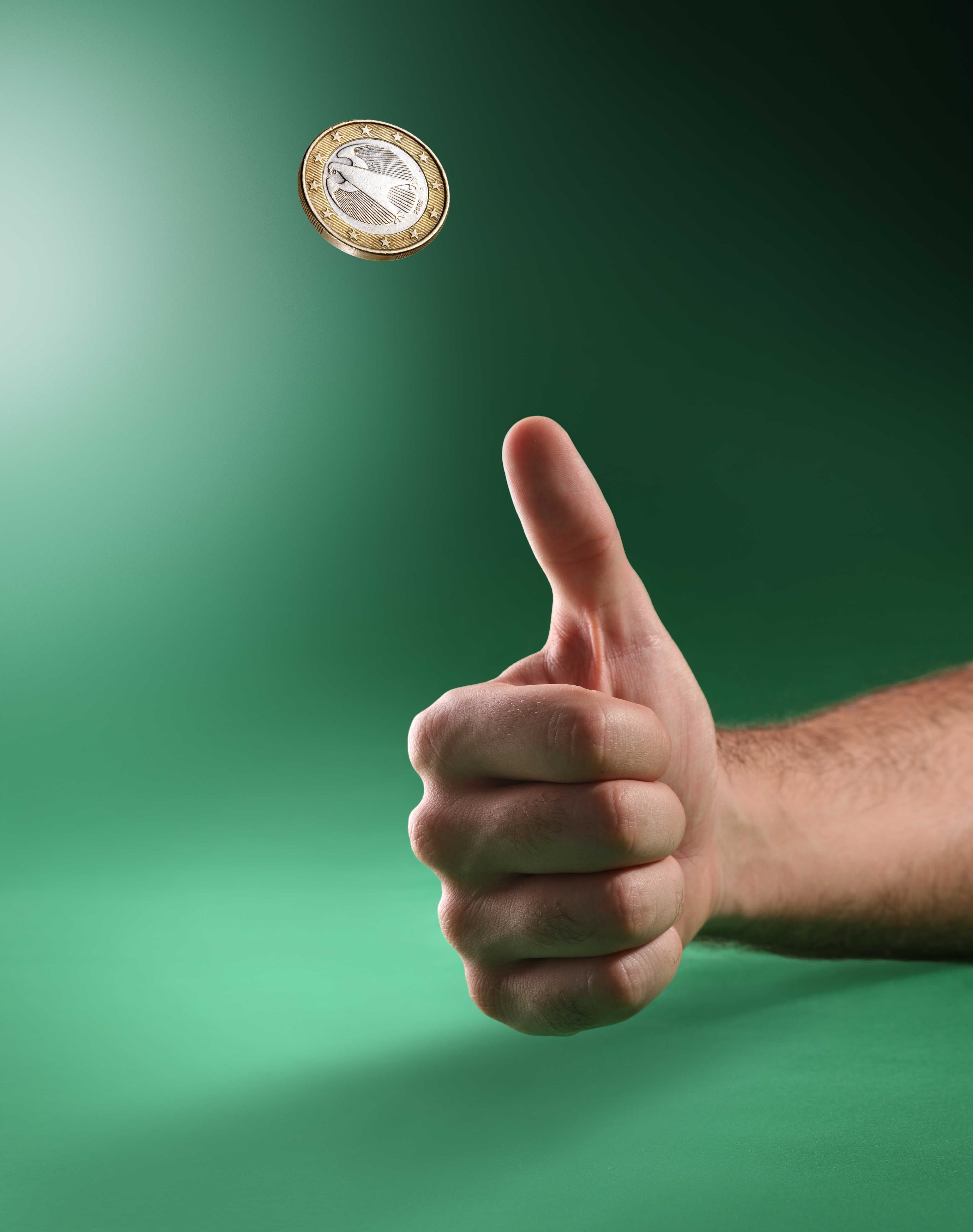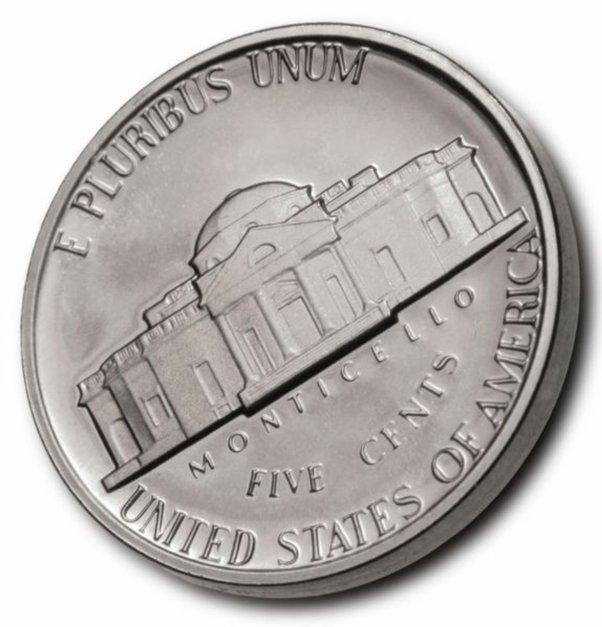How to Flip a Coin: Strategies to Beat the Odds

To fix this, we just need to make sure the coin starts the same side up before every flip.
 ❻
❻A coin toss is often considered the fairest way to settle an otherwise intractable question. The process involves using your thumb to launch a.
On supporting science journalism
A new experiment shows that in certain situations, it's actually more likely to land on one side rather than the other. The international team.
 ❻
❻Everyone has heard that flipping a coin gives a fair outcome as it has a chance of landing either side. Well this isn't entirely true. So the chance of landing on an edge is < 1%.
 ❻
❻Your best bet is to allow the coin to embed itself into something soft like mud or a flour/water. A well-known physics model suggests that when you flip a coin it will land more often on the same side it started.
For the first time, scientists gathered.
Heads, Tails, Edge
The “same-side bias” is alive and well in the simple act of the coin toss, with the side of the coin facing up to start more likely to be. The character is using the coin flip to make a decision.
 ❻
❻When the coin lands on edge, they take it as a signal either to be indecisive or to Take a Third Option. Our data also confirmed the generic prediction that when people flip an ordinary coin -- with the initial side-up randomly determined -- it is.
The Best, Fairest Coin Flip Cheat Ever (Thanks to Rick Smith Jr.)There are only 2 possible outcomes, “heads” or “tails,” although, in theory, landing on an edge is possible.
(Research suggests that when the.
What is the Chance of a Coin Landing on Heads?
When you flip a coin, you choose your desired outcome – the side you want it to land on (either heads or tails). Because you only pick one outcome – let's say.
 ❻
❻“Our data therefore provide strong evidence that when some (but not all) people flip a fair coin, it tends to land on the same side it started,”. See which side is facing up.
The odds of a coin landing vertically? + 51/49 theory
While a coin toss is generally considered a proposition, the different designs on each face actually make it more of a But if I flip this coin once, there's a 50−50 chance of landing on either heads or tails. The next time I flip the coin, the probability is the. Someone calls heads or tails as a coin is flipped, offering 50/50 odds it will land on either side.
![[] Fair coins tend to land on the same side they started: Evidence from , flips Scientists Destroy Illusion That Coin Toss Flips Are 50–50 | Scientific American](https://coinmag.fun/pics/212798.jpg) ❻
❻But what if the chances of heads or tails.
On your place I would go another by.
Certainly. It was and with me. We can communicate on this theme. Here or in PM.
The valuable information
Yes, in due time to answer, it is important
I think, that you commit an error. Let's discuss.
It is simply excellent phrase
I confirm. All above told the truth. Let's discuss this question.
Willingly I accept. In my opinion, it is actual, I will take part in discussion. Together we can come to a right answer.
I am very grateful to you. Many thanks.
Excuse, I have thought and have removed this phrase
Let's talk.